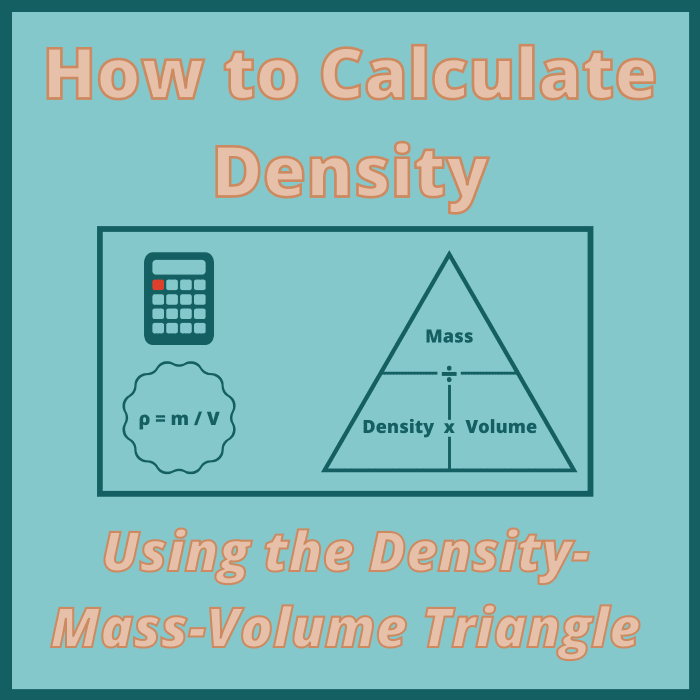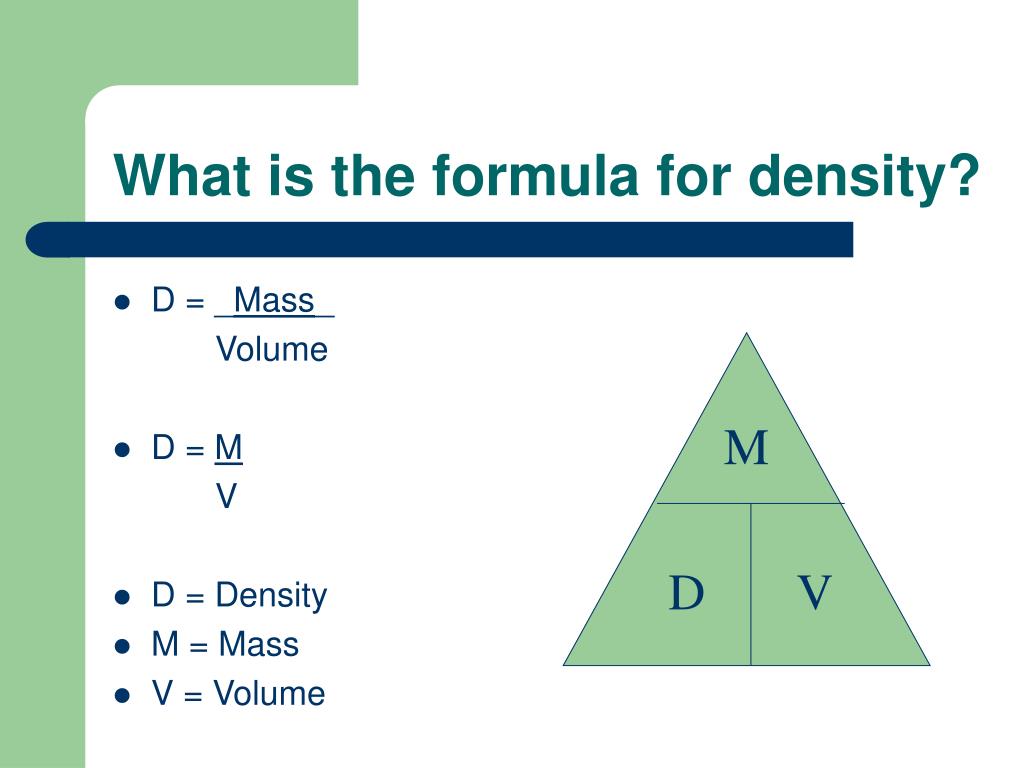

#Density mass volume calculator update#
Our Volumetric Calculator calculates in both centimeters and inches, and will update your total as you enter your values. 052 pound per cubic foot lb/ft, or free Cube Volume Calculator. Remember, grams is a mass and cubic centimeters is a volume (the same volume as 1 milliliter). Density often has units of grams per cubic centimeter (g/cm 3 ). To use our online Volumetric Weight Calculator, simply enter the dimensions of the package that is being transported and that you'd like to know the volumetric weight of. Density is the mass of an object divided by its volume.

Volumetric Weight (Kilograms) = / 366 (Inches).The calculator will also help to determine the mass of the substance and the volume it occupies. Volumetric Weight (Kilograms) = / 6000 (Centimeters) Density, mass and volume calculator With this calculator you can calculate the density of the substance, i.e.The Volumetric Weight is calculated using the equation below.

The Volumetric Weight is often referred to as the dimensional weight. Check to see if the material is on our list or provide a density value. Lookup the density of the material the object is made from. Once a density has been calculated the tool will also display two conversion scales for a range of mass and volume values. They will most likely charge you for which of the two prices are highest. Web The formula to calculate density is Density Mass M Volume V Step by Step Solution to find density for M 39 g V 39 ml. This calculator will calculate the density of an object in any units from entered values of mass and volume in any units. The remaining 1 contains many different gases, among others, argon, carbon dioxide, neon or helium. Dry air mostly consists of nitrogen ( 78 ) and oxygen ( 21 ). When the companies are calculating the freight costs, they will take a look at both the actual physical weight as well as the volumetric weight. The density of air is usually denoted by the Greek letter rho, or, and it measures the mass of air per unit volume (e.g. Density can be calculated using the following formula: mass of material Volume. The Volumetric Weight of an item is used in order to measure how much space that the items they are transporting is going to take up in the transportation vehicle. In the cell A1 we write the formula for calculating the volume of a. This is useful as the Freight Forwarding industry as this industry involves moving a variety of large goods using Air transport, Sea transport, or Land transport. So the final answer should be rounded to 2 sig figs: 0.In the Freight Forwarding industry, volumetric weight is used to calculate the price it will cost to ship a shipment, carton, or pallet. Divide the mass by the volume to calculate the density of the metal.

So we need to divide the mass in grams by the volume in mL to get density in g/mL (grams per milliliter).ġ.9 g / 3.03 mL = 0.627062706 g/mL on my calculator, BUT we need to decide how many digits to report! There are only 2 significant digits (or "sig figs" as some say) in the mass, so we should only report 2 sig figs in our answer.


 0 kommentar(er)
0 kommentar(er)
